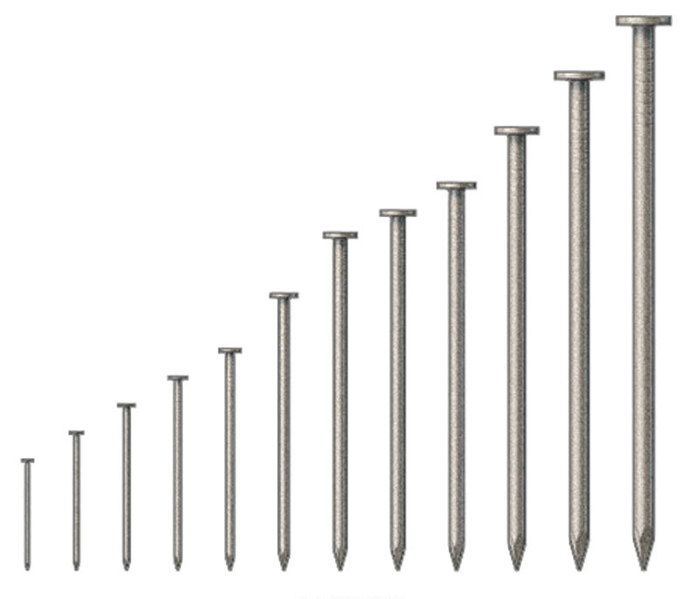How it Works: Nails
Considering how critical nails are to holding wood-frame houses together, it’s surprising that we don’t pay more attention to them.

Synopsis: Debra Judge Silber explores “Nails” in How It Works. In service, nails must resist withdrawal forces and shear (lateral) forces; they must also be resistant to pull-through and to combined (off-axis) forces. How well they perform is dependent on the characteristics of the nail, the wood, and the angle in which the nail is driven. Altering these factors—such as using a ring-shank nail or driving the nail at an angle—has a much greater effect on withdrawal resistance than on shear resistance, which is more dependent on the bending strength of the nail and the bearing capacity of the wood surrounding it. Penetration is also important. The rule of thumb is that at least two-thirds of the nail should extend into the base material.
Considering how critical nails are to holding wood-frame houses together, it’s surprising that we don’t pay more attention to them. The fact is, nails and the connections they make are critical to managing building loads and ensuring a safe, durable structure. Although there are many types of nailed connections used in home building, the three basic wood-to-wood connections here illustrate how nails perform.
In service, nails must resist withdrawal forces and shear (lateral) forces; they must also be resistant to pull-through and to combined (off-axis) forces. How well they perform is dependent on the characteristics of the nail, the wood, and the angle in which the nail is driven. Altering these factors— such as using a ring-shank nail or driving the nail at an angle has a much greater effect on withdrawal resistance than on shear resistance, which is more dependent on the bending strength of the nail and the bearing capacity of the wood surrounding it. Penetration is also important. The rule of thumb is that at least two-thirds of the nail should extend into the base material. So a 1×3 should be fastened to a 4×4 with a 2-1/2-in. (8d) nail, with 3/4 in. of the nail going through the 1×3 and 1-3/4 in. going into the 4×4.
So the next time you swing a hammer, consider this: There’s a lot riding on that nail.
To access a diagram of the anatomy of a nail and the three basic connection, click the View PDF button below.





